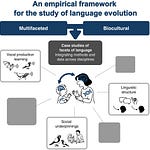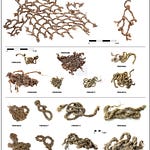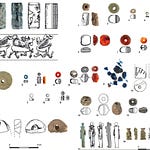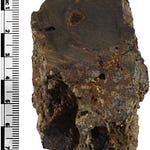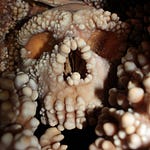A Child in an Urn
Archaeologists excavating the Lusatian Urnfield cemetery of Domasław, in southwest Poland, have spent years unearthing bronze weapons, ceramics, and ornaments that speak to the sophistication of Iron Age Europe. But in one particular grave1—known simply as Grave 543—they encountered something far more intimate: the glint of an insect wing.
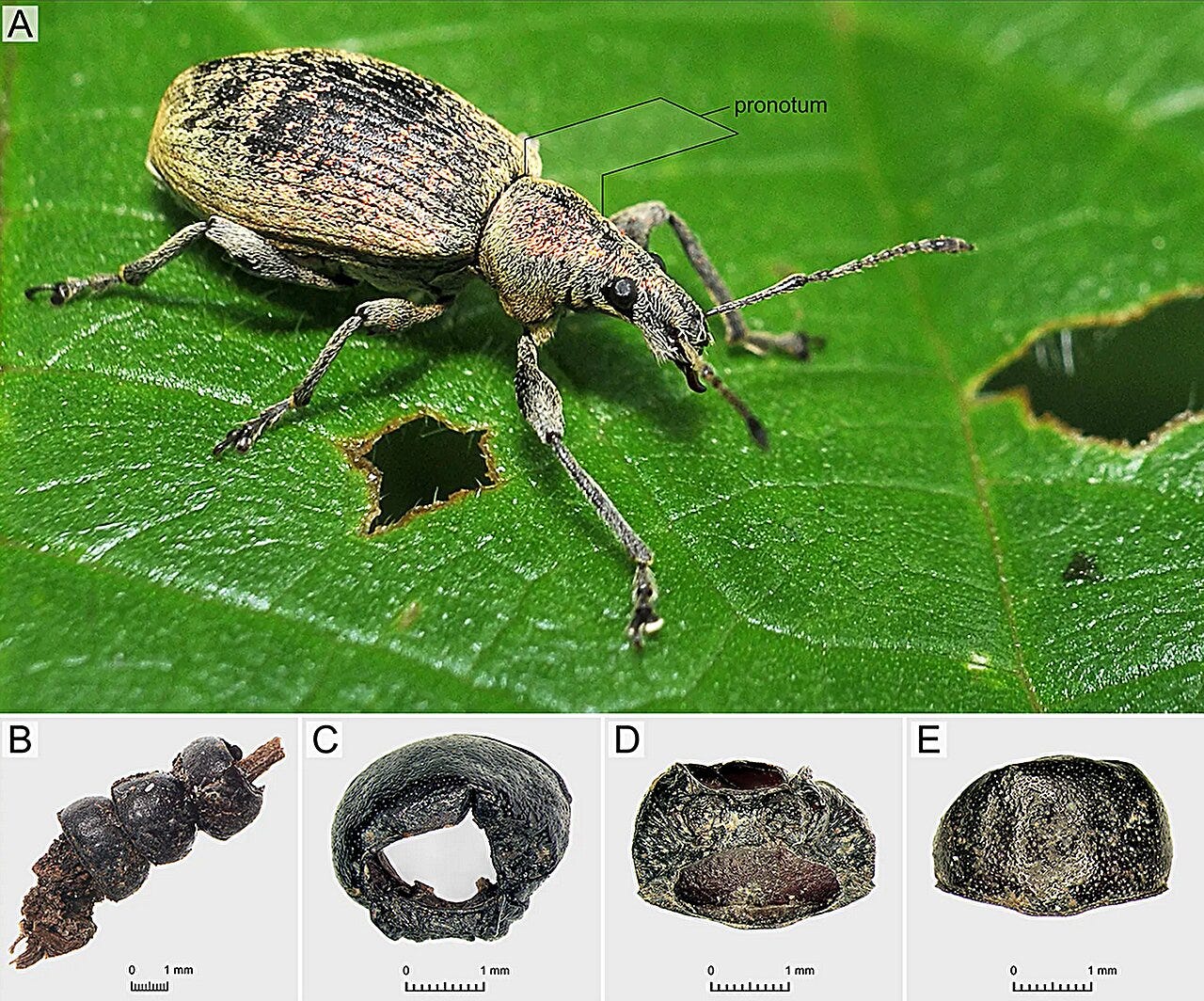
Inside a clay urn, the cremated remains of a child, likely nine or ten years old, were buried alongside sheep bones, birch bark, a bronze fibula, and what looked like flecks of green metallic dust. When examined under a microscope, those flecks turned out to be fragments of beetles—specifically Phyllobius viridicollis, a small weevil species whose shimmering exoskeleton still catches the light after nearly three millennia.
“Archaeology often gives us the monumental, but rarely the ephemeral,” says Dr. Helena Krawczyk, an archaeologist at Jagiellonian University. “The beetle fragments from Domasław represent not just material culture, but emotion—the fleeting, almost poetic gestures of care that accompany death.”
Listen to this episode with a 7-day free trial
Subscribe to Anthropology.net to listen to this post and get 7 days of free access to the full post archives.


